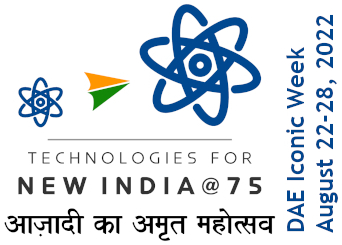Past Colloquia
| Title : |
Gravitational Waves: From Discovery to Astronomy |
|
| Speaker | : | Prof. Sanjeev Dhurandhar, IUCAA, Pune |
| Date | : | June 04, 2019 |
| Time | : | 3:00 PM |
| Venue | : | Lecture Hall-1 |
| Abstract | : |
The Nobel prize in physics in 2017 was awarded for the discovery of gravitational waves. Gravitational waves were first directly detected by the LIGO detectors in US on 14th September 2015. From the first two science runs of the LIGO and Virgo detectors, there have been eleven confirmed detections, ten of binary black holes and one of binary neutron stars. The latter was accompanied by electromagnetic counterparts. The third science run of the LIGO & Virgo is an year long and has begun since April 2019. A century ago - in 1916 - Einstein predicted the existence of gravitational waves. Pioneering efforts by Joe Weber began in the 1960s for detecting these waves using resonant mass detectors. The existence of the waves was established by the observations of the Hulse-Taylor binary pulsar whose orbit decays exactly as predicted by Einstein's general theory of relativity - Nobel prize in 1993. Weakness of the gravitational force implies that the waves are extremely difficult to detect - one must effectively measure distances much smaller than the size of a proton. During the past half century, technology has taken immense strides with matching developments in physics. The current advanced detectors are now capable of reaching the requisite sensitivity to detect the waves. Gravitational waves carry information about their dramatic origins and about the nature of gravity that cannot be otherwise obtained. This talk will describe the physics of gravitational waves, the unprecedented requirements from technology & the detector, the current & future global efforts including those from India in this field, near future prospects and the astrophysics that we can learn from this. A new astronomical window to the universe has been opened. |




